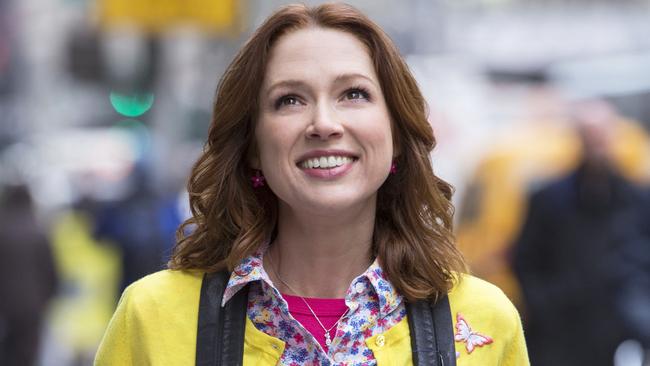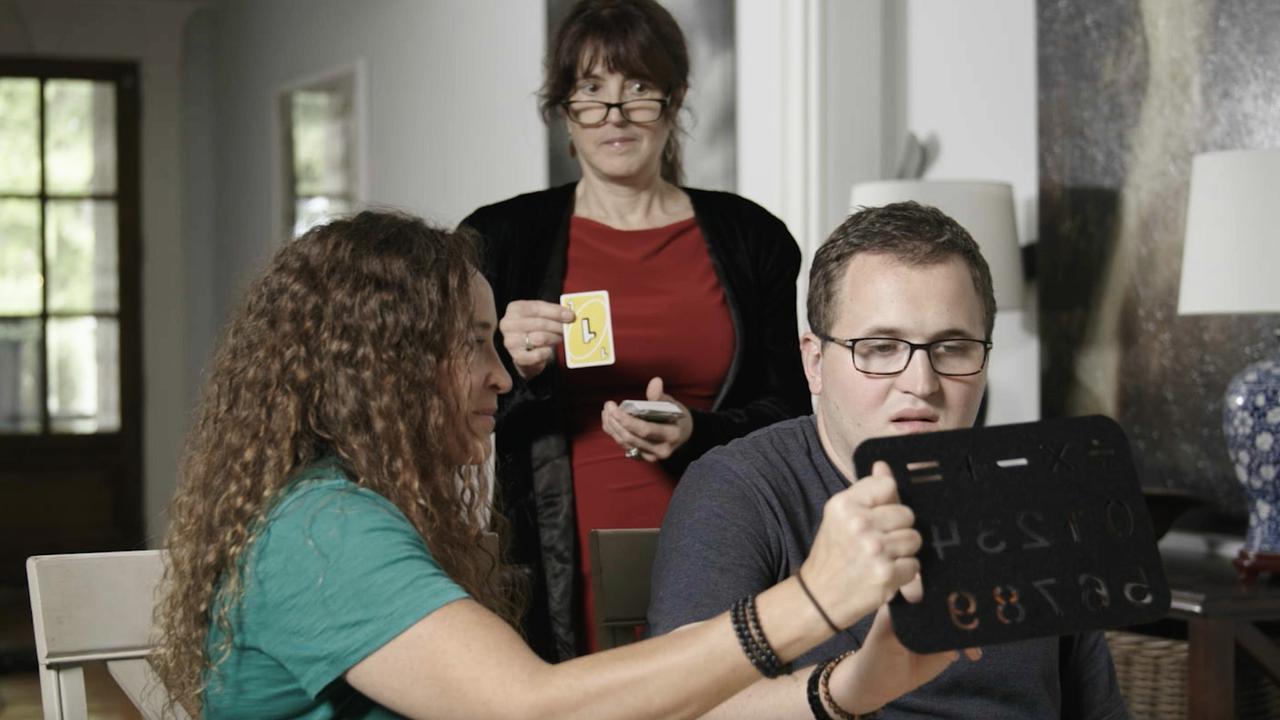Netflix and other streaming services kill local content and conversation
Streaming services have increased choice for viewers but have they killed the water-cooler cultural moment?

Cinema will record its best box office take this year, Netflix has between 600,000 and 800,000 Australian subscribers, and free-to-air and subscription television offer more choice than ever.
Good times, eh? Not necessarily for Australian content and culture. The charge towards media deregulation — at least by technologies, not by the federal government — and growing digital consumption is a boon for consumer choice.
We are becoming more connected with global broadcasters and international content, and the media sector is moving towards the viewer.
The content discussion is all about access and ease. But are we ignoring discussion about the type and creative source of screen content?
The shift is narrowing cultural conversations already as Hollywood dominates content and its distribution patterns. And broadcast television, which remains the main source of our cultural content — like it or not — is taking notice.
The audience for streaming video-on-demand services such as Netflix, Stan and Presto is growing at an inexorable rate but so far pales in comparison with audiences for broadcast TV.
Netflix has volume but cannot aggregate in the same way as broadcast TV. Pamela Douglas, the author of The Future of Television, recently suggested in the US that 30 per cent of all people watching anything in prime time are watching it on Netflix. Netflix does not release audience numbers, partly because it is irrelevant in a subscription model and partly because those numbers for individual films or shows are no match for broadcast figures.
Yet Netflix chief executive Reed Hastings has been bolshie about his company’s influence, proclaiming in November that streaming would cause broadcast TV to die within 16 years.
“It’s like the horse. The horse was good until we had the car,” Hastings says. “The age of broadcast TV will probably last until 2030.”
Perhaps. But before our eyes, Netflix has become a broadcaster and studio whose content is released online. Netflix, though, isn’t a different broadcaster, just another broadcaster. Its creatives may not be required to dance to the usual beats of programs squeezed around advertising, but cable drama in the US was already doing that.
More significantly, Netflix is spending like a drunken sailor (or an overconfident studio) as it tries to make a splash. And it is adopting Hollywood strategies to secure its audience. Which is where Australia should be wary — not just of Netflix but of every American studio.
Netflix’s comparative advantage is a relatively stable revenue stream, allowing it to budget for multi-billion-dollar expenditure on content in 2014-16. This gamble on content to make sure it has a compelling product is as big as any studio’s in history. History also shows big-spending studios rarely win, which is why Netflix needs to maintain its stable subscriber growth.
The digital broadcaster’s means of doing so relies partly on its enticing strategy of releasing entire series in one fell swoop. The “binge viewing” phenomenon pre-dated Netflix with DVD box sets, but it is now changing viewing patterns. It is also diminishing cultural discussion.
While the occasional acclaimed program on streaming services — Netflix’s House of Cards or Unbreakable Kimmy Schmidt — may generate attention in its release week, the audience is spread across days, weeks or months. Ask yourself: did you watch season three of House of Cards the day it became available, the following week, or in fits and starts? And who could you discuss it with?
The binge release strategy kills the water-cooler moment. Broadcast TV knows that, so it is moving further towards live material: news, sport, reality and the next genre that can better adapt to the live experience. The big national conversations on social media about screen content continue to be about live programming, which is why even the ABC has adopted a strategy focusing on live events such as Asian Cup soccer and the 2013 International Fleet Review. But there’s not one weekly live event, whether it’s sport or reality TV, that galvanises a nation quite like the leading Hollywood release of the week now galvanises the globe.
Netflix and other platforms such as Amazon have adopted Hollywood release strategies, holding press junkets and launching ad campaigns in the week of release for big shows. Everyone knows a new show needs to create interest to attract an audience, which was Netflix’s disingenuous reasoning behind its simultaneous series release strategy.
Netflix’s new modus operandi is to deliver a major new product every fortnight, which is released simultaneously around the globe. One week it’s Orange is the New Black, the next it’s the Wachowskis’ sci-fi series Sense8, then it’s the sequel to Crouching Tiger, Hidden Dragon.
Hollywood studios, in a bid to counter piracy, are increasingly releasing their big films around the world simultaneously.
And they have discovered this generates its own momentum. Netflix has revealed week that OITNB set a record on the Sunday after its season three premiere for global viewing hours on a single day — despite being up against the Game of Thrones season finale and NBA finals.
Meanwhile, in terms of Hollywood, last week Marvel’s Ant-Man (read Stephen Romei’s review last week online) and the trailers for Warner Bros’ Suicide Squad and Disney’s Star Wars dominated pop culture internationally. The previous week it was Magic Mike XXL and Minions, after Pixar’s Inside Out, and before that Netflix’s Orange, then Jurassic World and so on.
Looking forward, Netflix goes in hard with the comedy series Wet Hot American Summer: First Day of Camp next week before Tom Cruise is everywhere in Mission Impossible: Rogue Nation while Netflix ensures the whole world is informed about the Crouching Tiger sequel in August. And the list goes on.
Given Netflix isn’t interested in making any non-US English-language product, its release strategy combined with the might of US studios stacking up blockbusters most weeks means Australian content will be squeezed.
How will the Australian family comedy Oddball, starring Shane Jacobson, gain attention in September the week Universal releases its big disaster drama, Everest? Economies of scale — and casts including Jake Gyllenhaal, Keira Knightley and Sam Worthington — mean Hollywood culture will always win.
There is a plenty to envy about the screen industries of countries such as South Korea and France, particularly France’s local content protections and willingness to temper Hollywood’s incursion.
There is no such fight in Australia, particularly with culture being bartered away for other industry gains in trade agreements.
And media regulation in Australia is now so outdated, it could be argued it now favours international players above local screen producers.
There is a lot to like about technology. But for all its bluster about openness, access and connection, it must be remembered most of that advocacy and evangelism comes from the east coast of the US and can be self-interested.
It is an exciting era for screen content, but we mustn’t get too carried away.
An Australia in which local content is overlooked — or worse, ignored — can’t be good for our culture, aesthetics or our national conversation.


